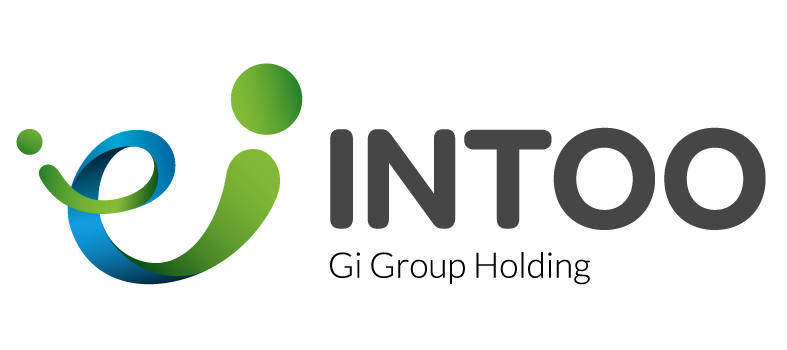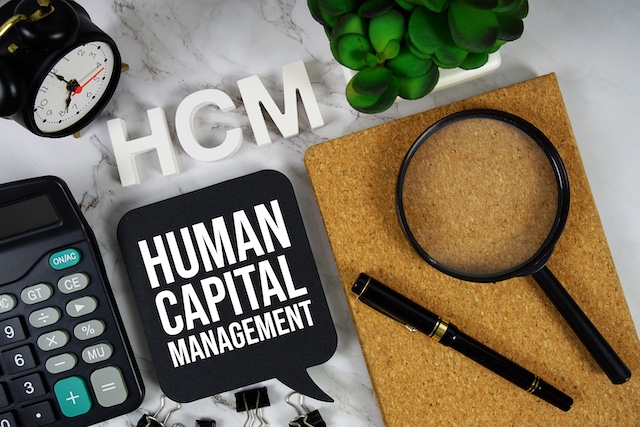What is Employee Welfare?
Employee welfare refers to the range of services, benefits, and facilities that an organization provides to support the well-being of its employees. These initiatives go beyond wages and are aimed at improving the quality of work life, ensuring safety, promoting health, and enhancing overall employee satisfaction.
Employee welfare can be categorized into several areas, including:
-
Health and wellness programs (e.g., medical insurance, mental health support)
-
Workplace safety measures
-
Financial benefits (e.g., retirement plans, bonuses)
-
Work-life balance support (e.g., flexible work arrangements, paid time off)
-
On-site amenities (e.g., meals, recreational areas, transportation)
-
Training and development opportunities
Welfare programs may be legally mandated or voluntarily offered by employers as part of a broader strategy to care for their workforce.
Why is Employee Welfare Important?
Employee welfare is a cornerstone of a positive and sustainable work environment. Here’s why it matters:
-
Enhances Employee Satisfaction: When employees feel valued and supported, they are more engaged, motivated, and loyal to the organization.
-
Boosts Productivity: Healthier and happier employees are more focused and productive, which directly impacts the organization’s success.
-
Reduces Turnover: A strong welfare system can reduce staff attrition by fostering a supportive and inclusive work culture.
-
Promotes Health and Safety: Welfare programs that address physical and mental health reduce absenteeism and workplace accidents.
-
Strengthens Employer Brand: Organizations known for prioritizing employee welfare attract top talent and build a positive reputation in the market.
In essence, investing in employee welfare is not just a moral responsibility—it’s a smart business strategy that benefits both people and performance.




